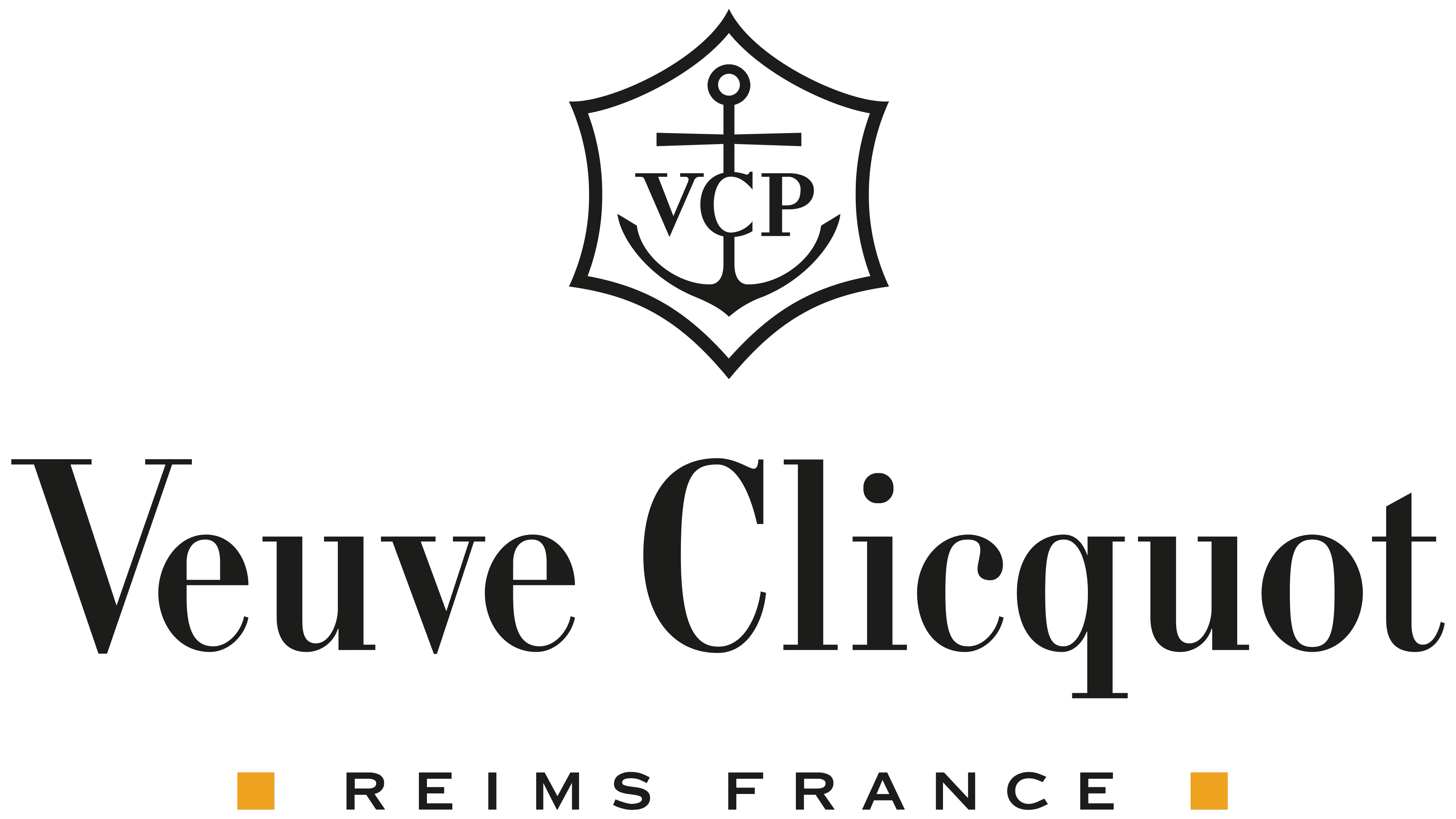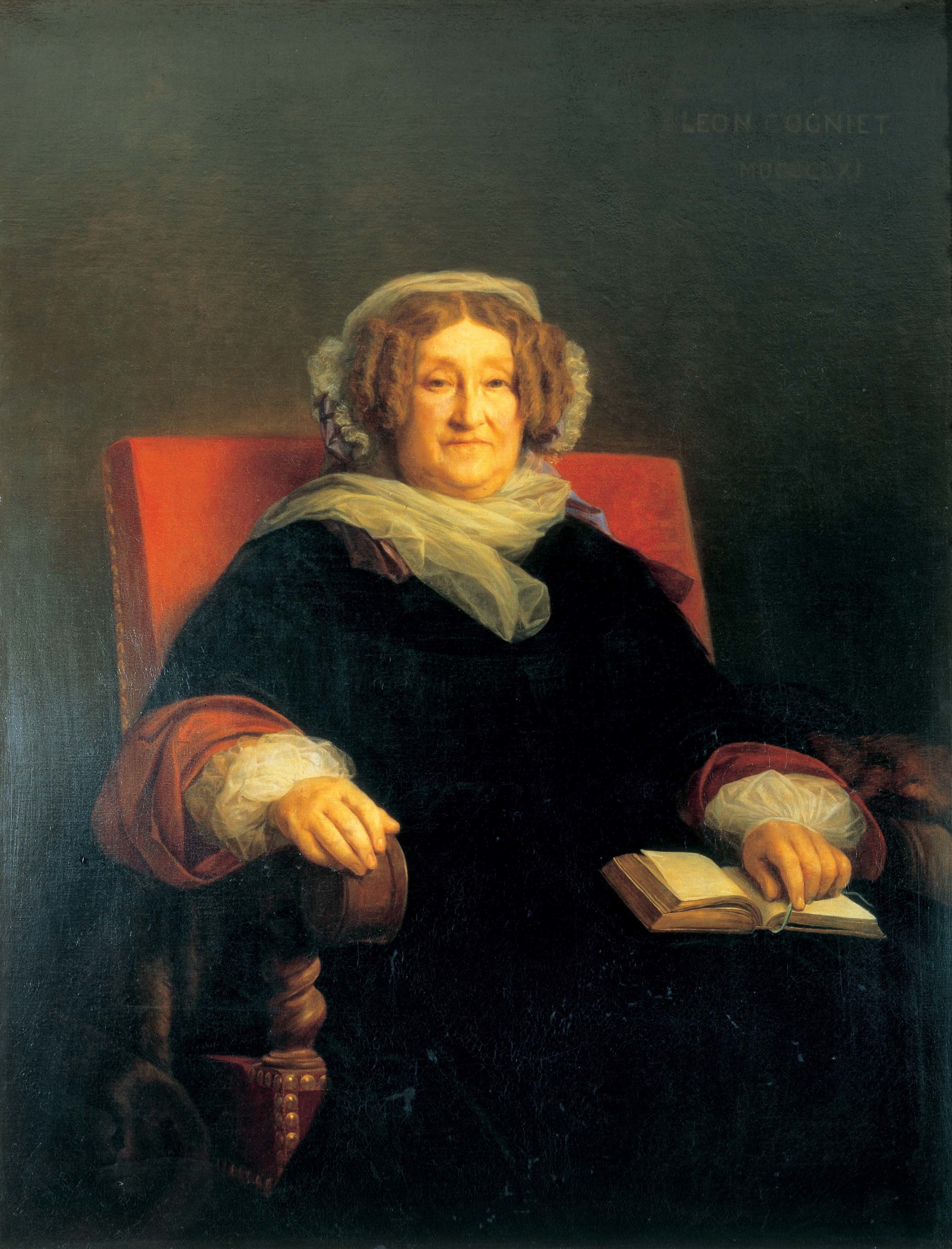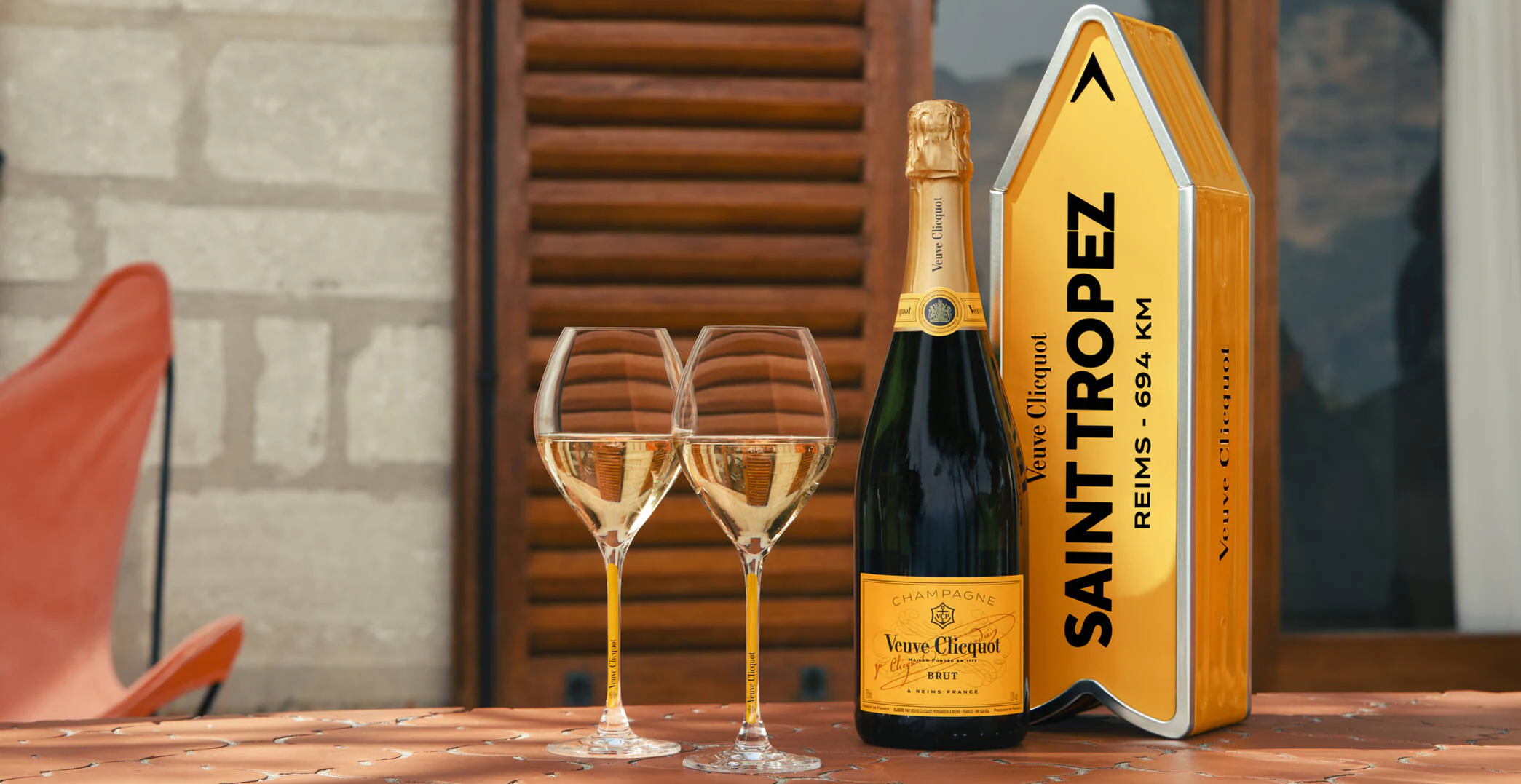
The History of the Veuve Clicquot Champagne House
In one generation, a woman propelled the small champagne house from Reims to the world stage. Today, as part of the LVMH empire of luxury brands, Veuve Clicquot continues to honor Barbe-Nicole, one hundred and fifty years after his death.
Widowed at 27, in 1805, with a three year old daughter and a business to run, the story of Barbe-Nicole Clicquot-Ponsardin is like a movie. In an environment dominated by men, the young woman took over the business and, against all odds, launched one of the most renowned names of champagne the most renowned names of all time. At the dawn of the 19th century, her advantage - if one can call it that - was that she was a widow and, in fact, allowed by law to be financially independent.
The House was founded in 1772 by Philippe Clicquot. His son, François, increased sales to 60,000 bottles in 1804. The young bride planned to enjoy a comfortable life, especially since she came from a large family, her father being a rich clothier and mayor of Paris Reims. A year later, François died of a "malignant fever", leaving his widow the opportunity to become one of the most dynamic entrepreneurs in Champagne. While Europe is at war and the blockade of the English fleet cuts off the maritime routes to the new markets, things do not look good. As Louis Bohne, his devoted representative, wrote to him: "Terribly quiet business [...]."
In 1811, the year of the Great Comet, Barbe-Nicole detected a positive omen for a an exceptionalvintage. She was determined that her new Russian customers would not be deprived of their favorite drink despite the boycott imposed on French wines in 1812 by the Czar. She sent a Dutch ship loaded with only Veuve Clicquot bottles (some 10,550 units) to the Baltic Sea port of Königsberg. Without waiting for news of her cargo, the astute widow sent another 12,000 bottles a week later.

The woman who founded the Clicquot legend
You are "the terror of all your competitors", writes a euphoric Louis Bohne who describes the Russians "sticking their tongues out" to taste the wine of the Grande Comète. Soon, Veuve Clicquot could also pride itself on the clarity of its wines thanks to the intervention of Antoine-Aloys Müller, the cellar master who perfected the technique of riddling to eliminate the lees by using special racks and turning the bottles by hand a quarter turn every day. Whether he started with a real rack and drilled holes in it is another story.
Despite all efforts to keep the technique secret, it was soon adopted by his competitors. If it failed on this side, it succeeded in conquering Russia, which became the second largestexport market after Great Britain, helping to propel Veuve Clicquot's sales to over 400,000 bottles in 1850. That same year, aware that her daughter and son-in-law, the Count de Chevigné, were not in a position to take over the company, she entrusted it to her associate Édouard Werlé. The Count de Chevigné found a judicious way to settle his gambling debts by publishing a collection of salacious poems that embarrassed his mother-in-law so much that she bought all the copies (needless to say that the publishers made sure that the book was never out of print!)
Barbe-Nicole died in 1866, but his name lives on through the work of Werlé and his descendants. In 1900, sales soared to 3 million bottles, thanks to the Russian market and the growing success in the United States. Since then, this figure has continued to rise, reaching 18 million bottles, including 15 million for the Carte Jaune, a label registered in 1877. The color is assiduously preserved so that no one adopts the yellow Pantone 137C. The only exception is Glenmorangie Single Malt, which is also part of the LVMH group since its acquisition of Veuve Clicquot in 1986.


A year later, Veuve Clicquot released its first cuvée de prestige la Grande Dame, in tribute to the widow. Composed of two-thirds Pinot Noir, it blends eight special sites of grands crus (in Aÿ, Verzenay, Ambonnay and Bouzy) on the 393 hectares of the House that account for 20% of its needs. The Carte Jaune has meanwhile become drier with a dosage that has dropped from 12 to 9 g/1, nothing compared to the 150 g/l Veuve Clicquot that the Romanovs loved. The House has launched a Veuve Clicquot Rich, with a higher dosage (60 g/1 of sugar) in an all-silver bottle, to be enjoyed "on the rocks" or in cocktails, aimed at the wealthy younger generation who appreciate sweeter flavors.
